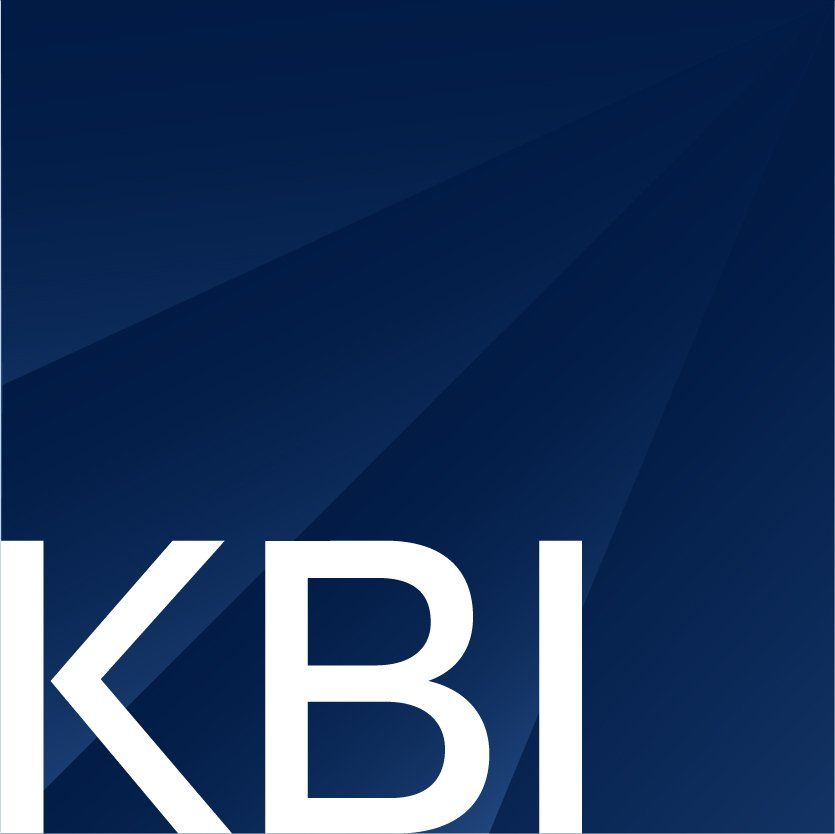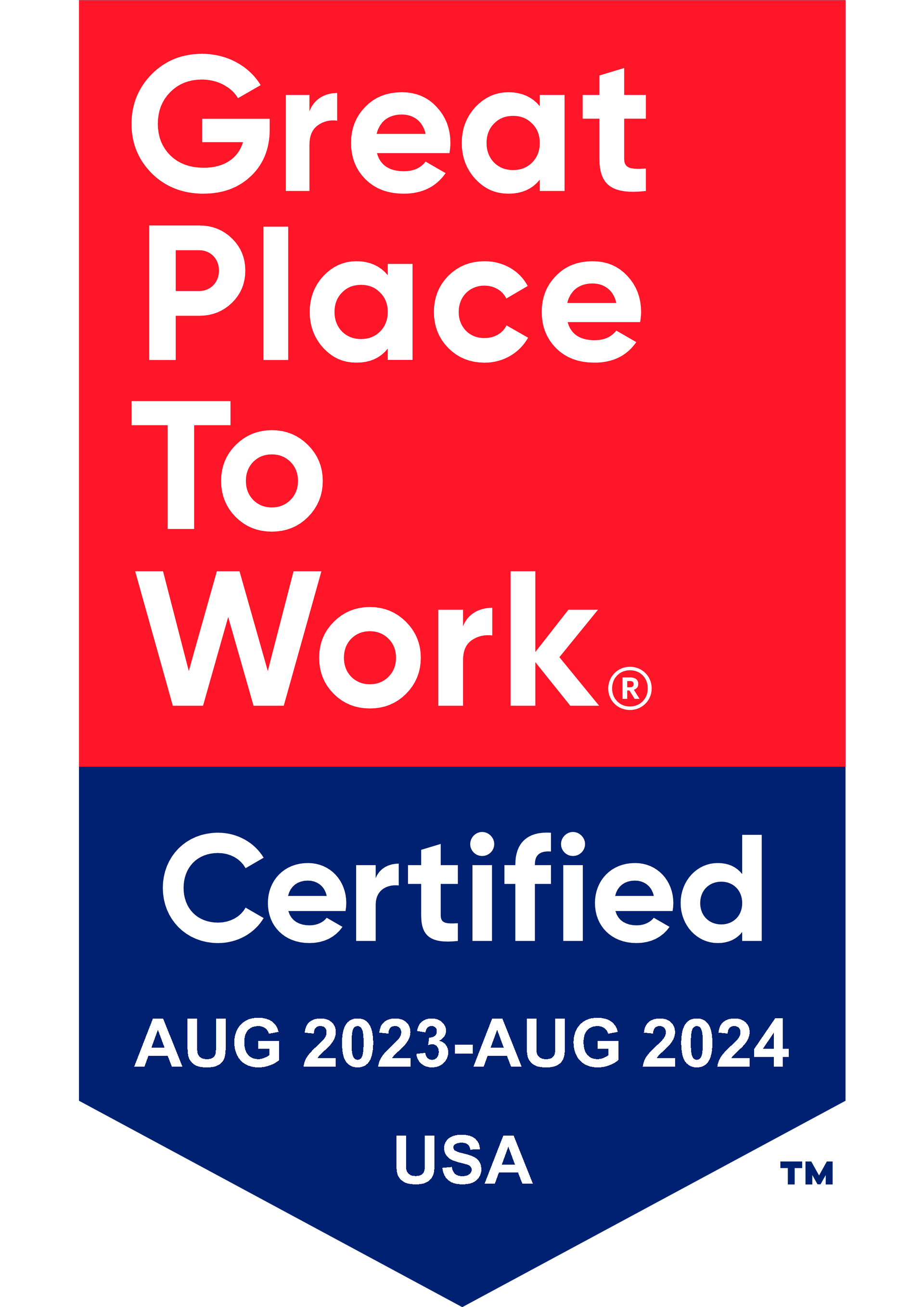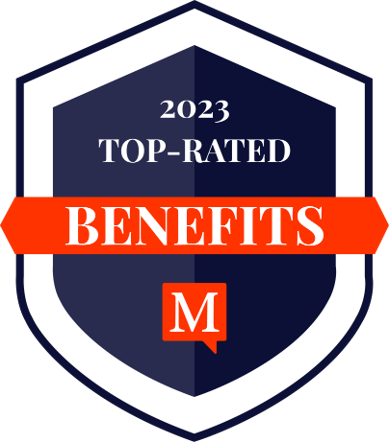Get in touch
408-366-8880
mymail@mailservice.com

Average Enterprise Business Benefits Package Options

Regardless of the type and size, every enterprise with employees must determine the best benefits options for its workforce. However, the task of determining how to offer the right benefits and perks to retain your best employees without forgoing profits is not an easy one for most businesses to balance.
Still, hitting the right formula is key, even in the midst of rising health care costs and a challenging economic front. We are also in a job market that tips a bit more in favor of employees and candidates, making it even more vital than ever to offer a solid benefits package to retain top talent and compete effectively.
CURRENT STATISTICS AND TRENDS PROVIDE VALUABLE INSIGHTS
To determine which benefits to offer, enterprises need to consider what is most important to their employees. By doing so, you can determine what benefits to consider while also eliminating current benefits that are not important to or being utilized by employees.
Consider doing an in-house survey to get a pulse on what your employees desire most. The following stats also speak to what employees currently value in the marketplace, which points primarily to flexible schedules, paid time off and leave, healthcare, and mental health benefits.
- When considering a job offer, 88% of individuals indicate they would accept a job with lower pay and better benefits than a job with higher pay and less benefits.
- Close to 4 in 5 (79%) employees want new or additional benefits over a pay increase.
- Individuals would take an 8% pay cut to work for an organization that offered alternative and flexible work schedules.
- The three benefits that matter most to employees outside of insurance-related benefits are paid time off, flexible working arrangements, and parental leave
- 30% of individuals reported leaving a job because they didn’t have the option for flexible work options, and 16% said they were currently looking for a new job because of a lack of flexibility.
- 80% of employees would be more loyal to their employer if they had flexible work options.
- Health-related benefits have consistently been the number one benefit of importance to employees year after year.
- Mental health challenges, in general, are expected to continually rise due to COVID.
EMPLOYERS ARE LISTENING TO THEIR EMPLOYEES’ REQUESTS
Employers are listing to what employees need and want. According to the Society for Human Resource Management (SHRM) 2020 Employee Benefits Report, the top six benefits employers viewed as most important include:
- Health care – 90%
- Leave – 83%
- Flexible work arrangements – 83%
- Family-friendly benefits – 76%
- Wellness benefits – 62%
- Retirement benefits – 55%
Further, the top five most expanded benefits by employers were:
- Employee options for telework arrangements – 78%
- Telemedicine services – 43%
- Childcare leave – 39%
- Adult family care leave – 27%
- Mental health services – 25%
ENTERPRISE BUSINESS BENEFITS PACKAGE OPTIONS
Using the above statistics as a guideline for enterprise businesses, a benefits package to retain and attract talent should include the following voluntary and ancillary benefit options:
- Health Insurance: Medical, Dental, Vision, and Health Spending Account
- Mental Health Benefits
- Retirement 401(k)
- Flexible Working Arrangements
- Paid Time Off
- Life Insurance
- Disability Insurance: Short-term and Long-term

HEALTH INSURANCE
Some 79 million Americans find it challenging to cover their medical expenses, so it’s no wonder health insurance is of utmost importance to employees. Medical, dental, and vision insurance fall under the health-related insurance bracket, as do health spending accounts.
Commonly offered medical plans include point-of-service (POS) plans, high deductible health plans (HDHP), health maintenance organization (HMO) plans and preferred provider organization (PPO) plans. Many employers offer more than one type of plan to employees with varying premium costs.
Vision and dental insurance are standard benefits most employers offer and are expected by employees. Fortunately, they are relatively low-cost for the employer to offer and for employees to contribute to.
Different types of health savings accounts include an FSA, HSA, and HRA. Each offers a tax-advantaged way to pay for qualifying health-related expenses. The IRS sets contribution limits and qualifying expenses.
- FSAs allow for employees to pay for qualified medical expenses tax-free up to the annual limit set by the IRS.
- A Health Savings Account (HSA) typically accompanies most HDHPs. Unlike an FSA, employers can contribute to an HSA and often choose to do so to help offset the cost of the high deductible for employees.
- An HRA works much like an HSA, except that it is completely employer-funded. An HRA is often used by employers that don’t have the means to offer a traditional or HDHP medical insurance benefit.
Finally, supplemental health insurance has gained popularity, with many businesses expanding their supplemental health benefits in 2020. This is partly due to the needs of a post-COVID workforce. Commonly offered supplemental health benefits include:
- Critical illness
- Intensive care
- Hospital indemnity
- Long-term care insurance
MENTAL HEALTH BENEFITS
Since mental health challenges have gained more exposure in recent times, and with the increased need due to COVID, employers are offering expanded mental health benefits beyond the traditional Employee Assistance Program (EAP) with a mental health component. Some mental health options to consider as part of a benefits package include:
- Free telehealth sessions
- Direct access to mental health clinicians at the place of work
- Access to mental health clinicians at a local clinic
- Providing resources that support mental health, including meditation rooms and apps
RETIREMENT PLAN 401(K)
Close to half of Americans don’t save enough to retire comfortably and only a third of millennials—the generation that makes up the largest portion of today’s workforce—have begun saving for retirement. Offering financial planning and retirement resources is necessary to remain competitive and give employees peace of mind. The most common retirement benefit is a 401(k) defined contribution plan, or similar, with an employee match that vests at some point in the future.
A benefit of offering a 401(k) is the tax advantages offered to employers. Three possible tax benefits include:
- Claiming a tax credit of up to $500 annually for the first three years of the plan
- Certain administrative fees might be tax-deductible business expenses
- If employer contributions fall under 25% of the total compensation paid or accrued during the plan year to eligible employee plan participants, they are exempt from certain state, federal, and payroll taxes.
FLEXIBLE AND REMOTE WORKING OPTIONS
Aside from the fact that employees are asking for it, research indicates that employee burnout accounts for up to 50% of annual turnover. As a result, it’s important to offer employees time off and flexibility to get their jobs done. Further, some research indicates that remote work can significantly increase employee productivity.
A positive for employers choosing to offer flexible working arrangements is that, in most cases, it does not cost the company’s bottom line from a tangible cost perspective. Flexible schedule options enterprises frequently offer include:
- Hybrid Telecommuting (i.e., part-time in the office and part-time working from home)
- Flexible workday start and end times
- Remote Work (fully working from home)
- Compressed Workweeks (i.e., 4X10, 4X9 and ½ day Fridays, etc.)

VACATION AND PAID TIME OFF
As previously discussed, employees want more time off, and COVID has made the need for time off to care for loved ones even more critical for many. To meet the requests of employees asking for more paid time off, many organizations offer several of the following paid leave options:
- Emergency leave
- Parental leave
- Mental health days
- Maternity Leave
- Paid Holidays
- Personal Holidays
- Volunteer Pay
- Bereavement Pay
- Paid Time Off (PTO)
- Sick Leave
- Vacation
- Personal Leave
LIFE INSURANCE AND DISABILITY INSURANCE
Life and disability insurance are common benefit offerings that create peace of mind for many employees, especially those with families. Most employers offer a standard level of life insurance for free, with employees having the option to purchase more coverage.
The two types of disability insurance are short-term disability (STD) and long-term disability (LTD). STD pays an employee a percentage of their base pay if needed and, depending on the plan, typically lasts between three and six months. LTD pays an employee a percentage of their base pay if needed beyond the STD timeframe, and, depending on the plan, payment can continue for a period of two to ten years or longer.
ADDITIONAL BENEFIT OPTIONS FOR ENTERPRISE BUSINESSES
Additional benefits and perks you might consider offering as an enterprise business include:
- Wellness incentives
- Student loan repayment benefits
- Identify theft protection
- Pet-friendly benefits
- Tuition reimbursement
ADVANTAGES OF WORKING WITH A BENEFITS BROKER
Determining the best benefits for your enterprise doesn’t need to be overly complicated when you have benefits experts by your side. Whether you’ve already determined which benefits you want to offer and need some guidance to identify the best plans, or you’re just starting the benefit update or design process, a benefits broker can help by providing the following benefits and advantages:
- You save time and money on research.
- Your needs are the priority.
- The selection process is simplified.
- You can trust you’ll meet any legal requirements.
- You get competitive plans and pricing options.
- You’re never in it alone.
At KBI, we’ve been supporting enterprise benefits for decades. We are here to forge a long-term relationship to support your benefits needs. We look forward to assisting you with your benefits package design.
Services
Latest Thinking



